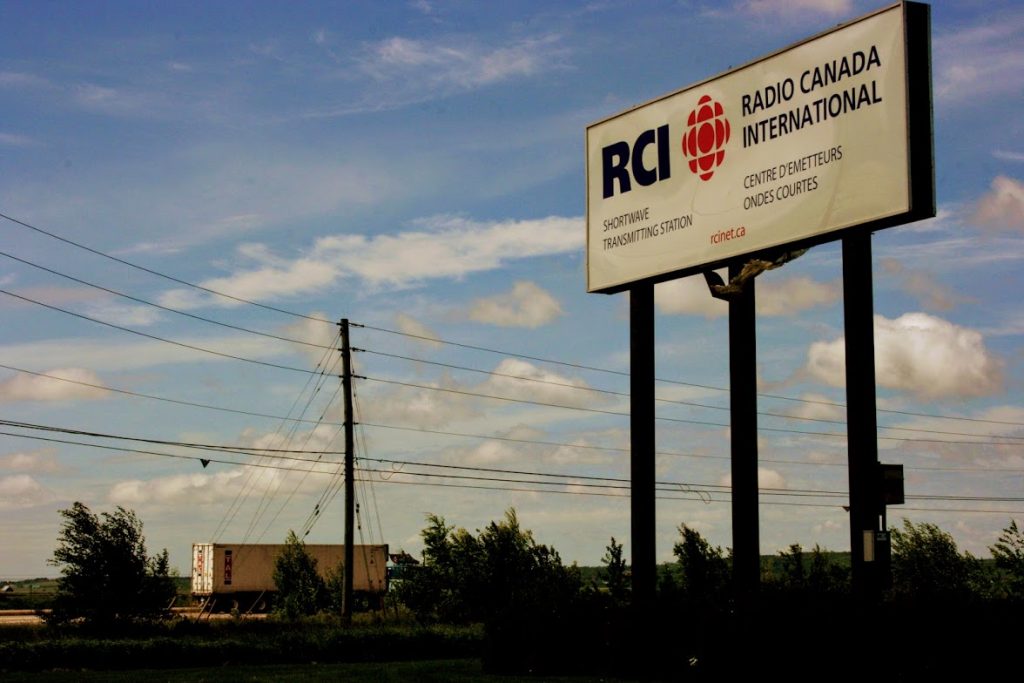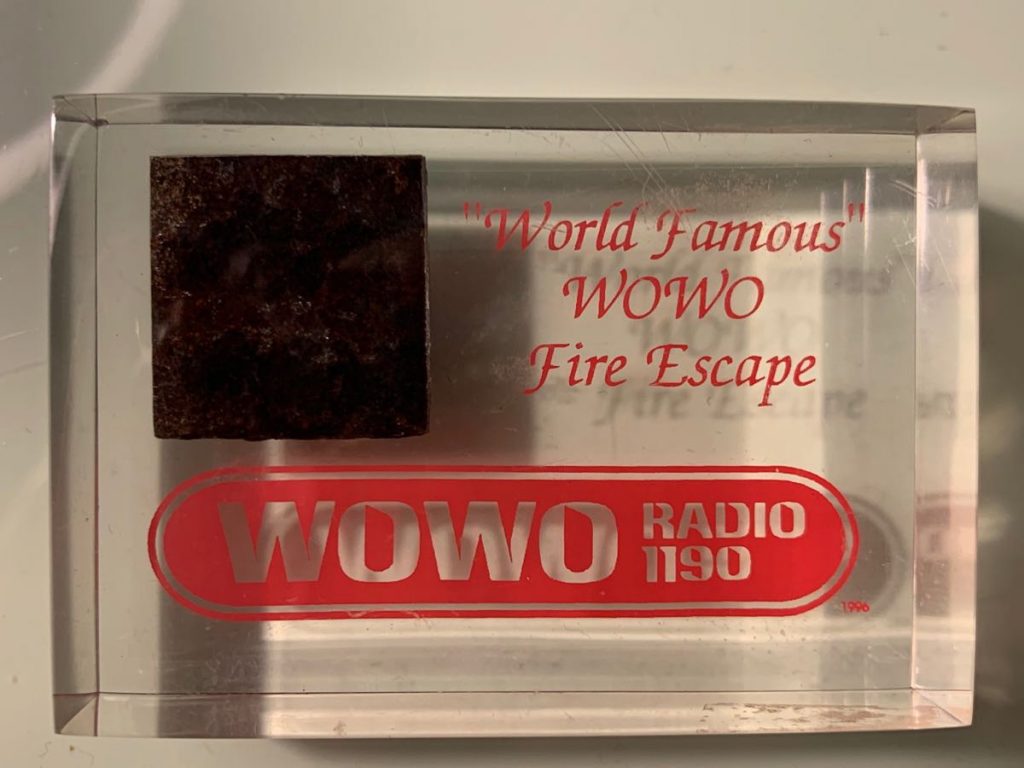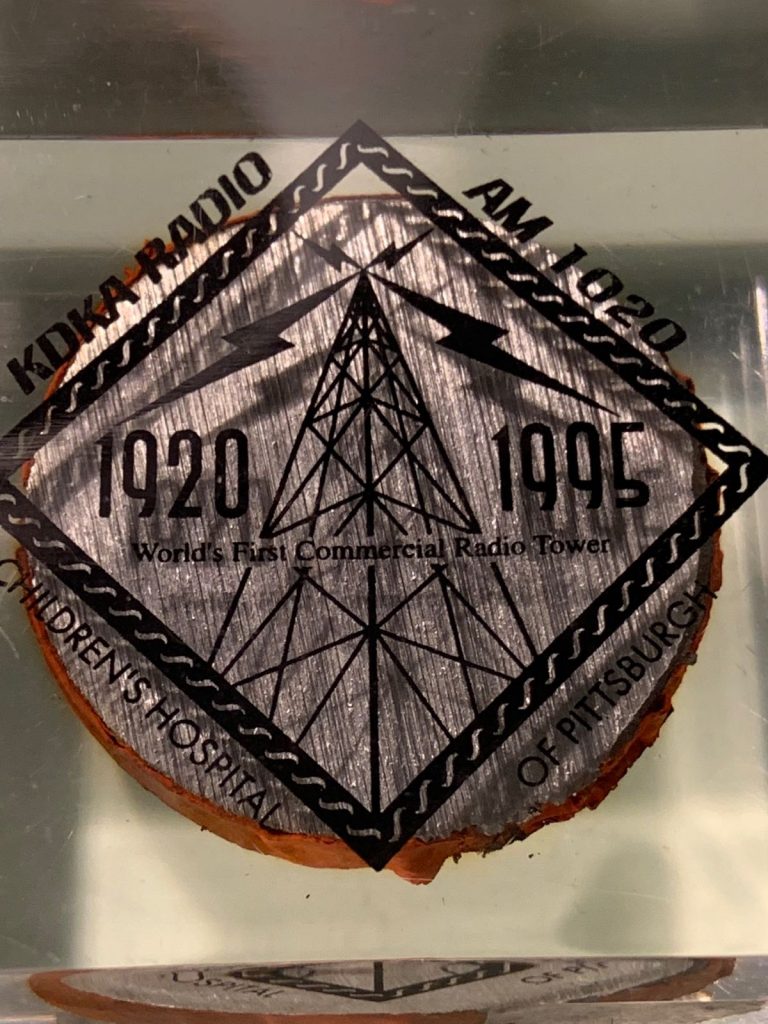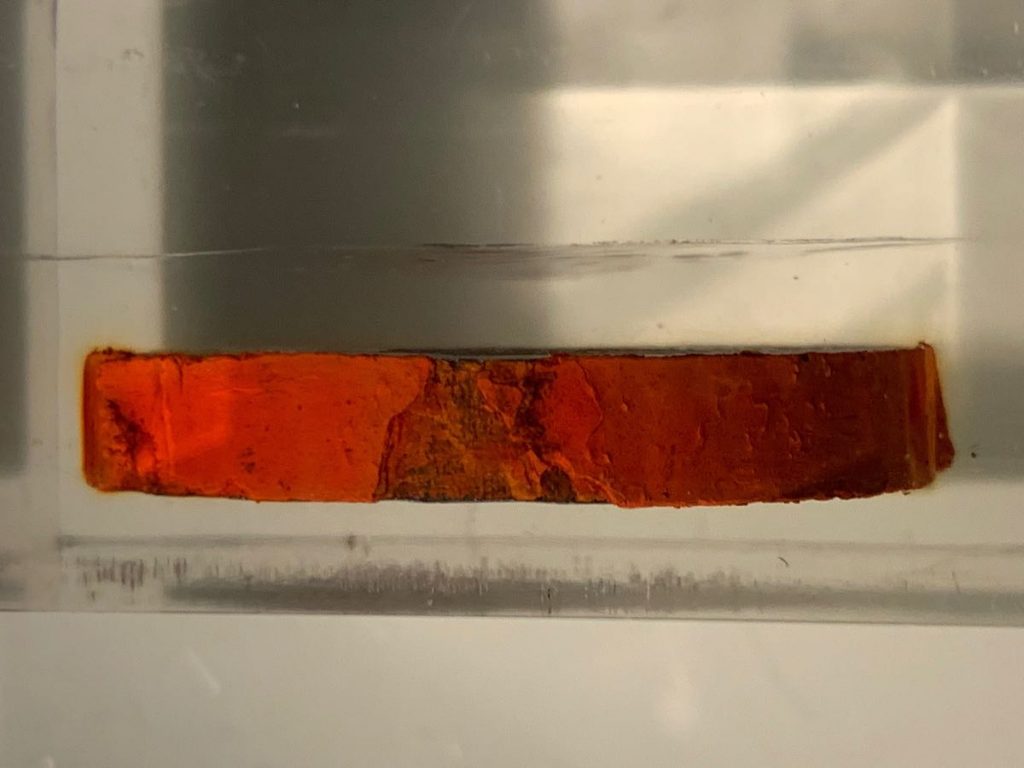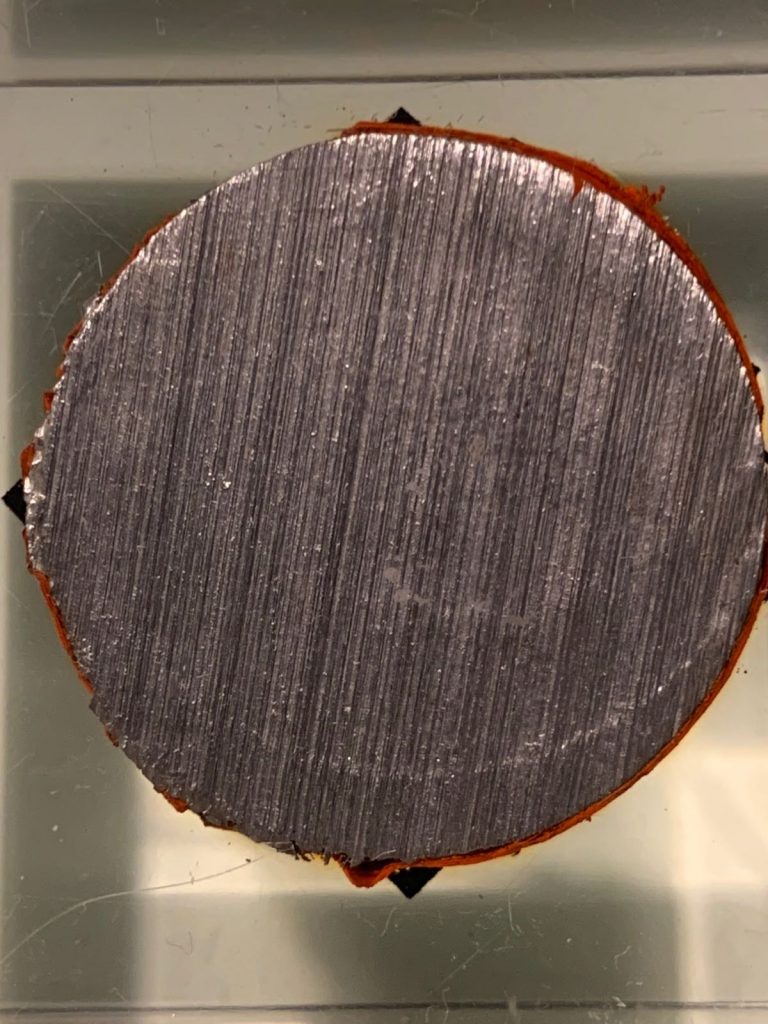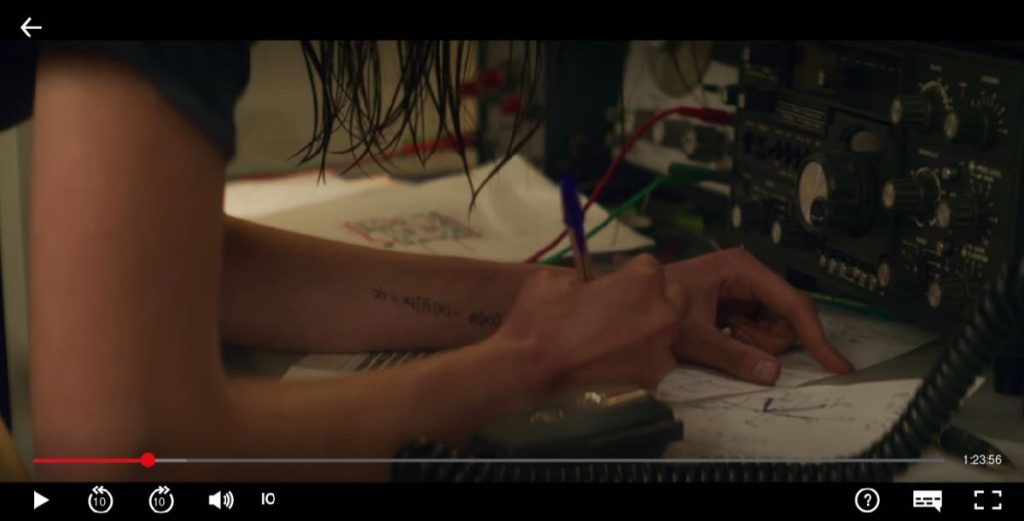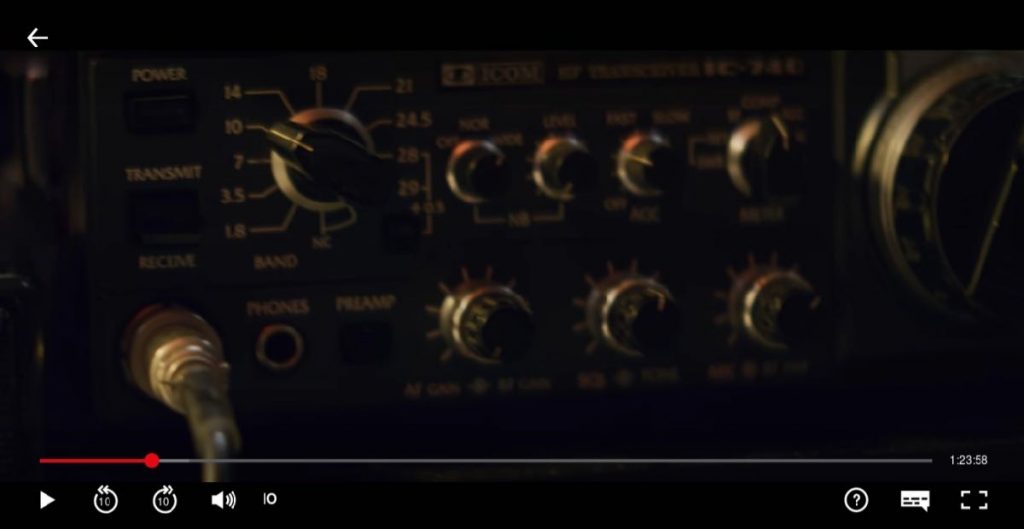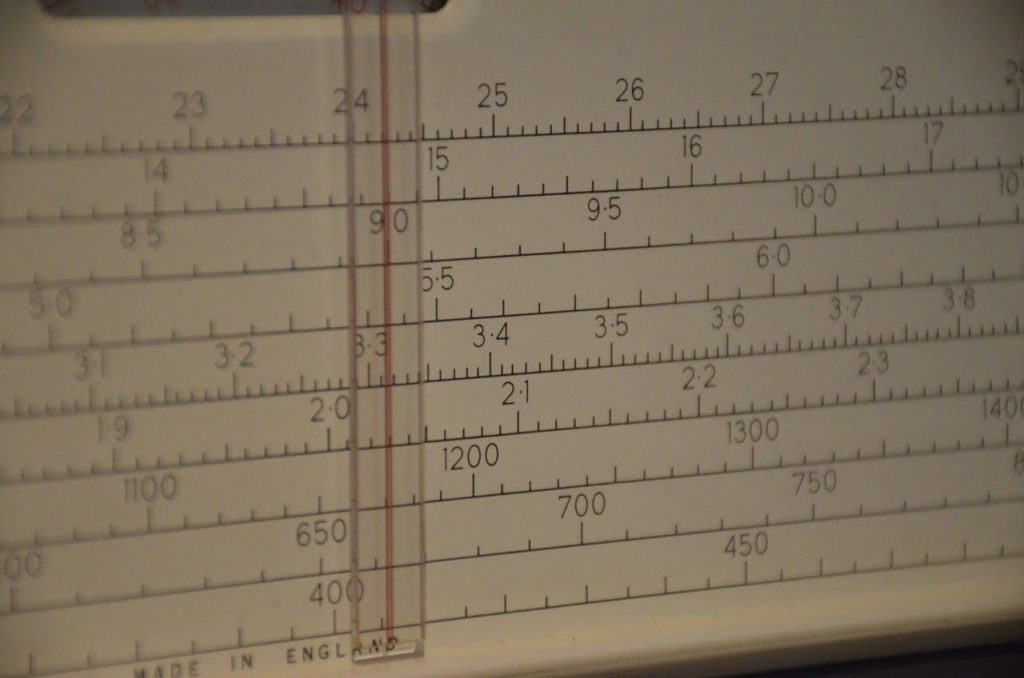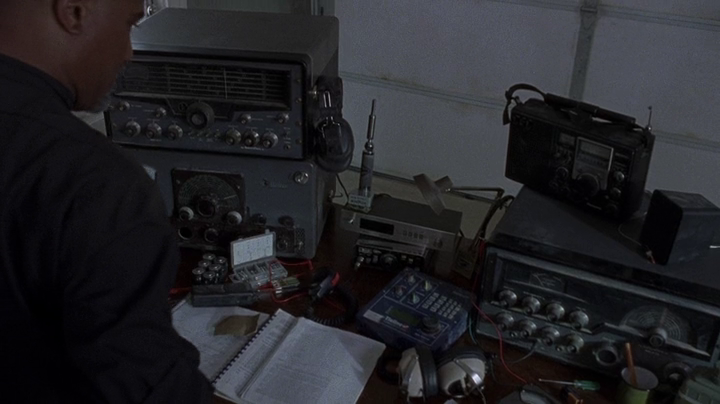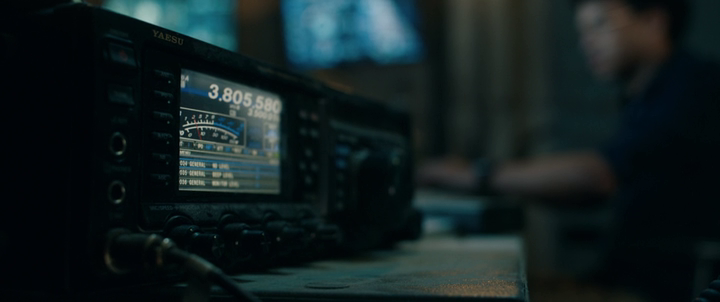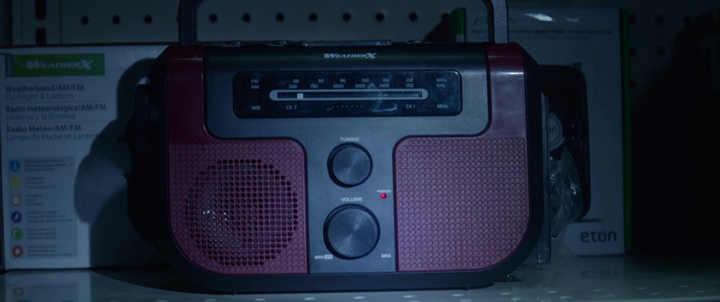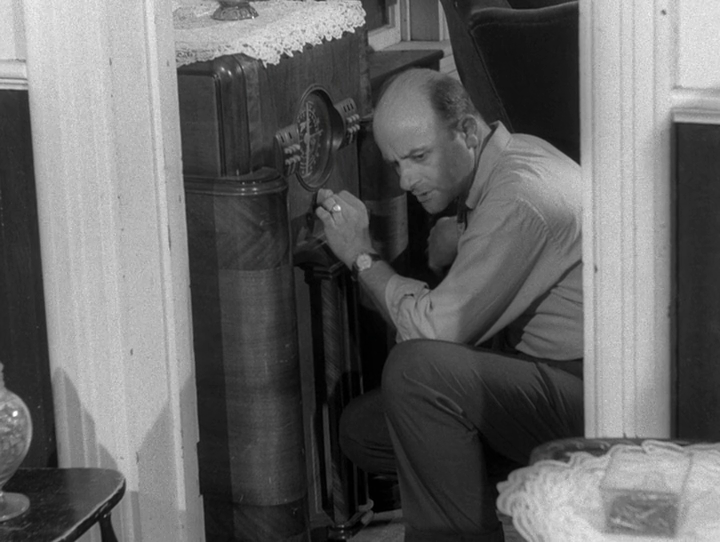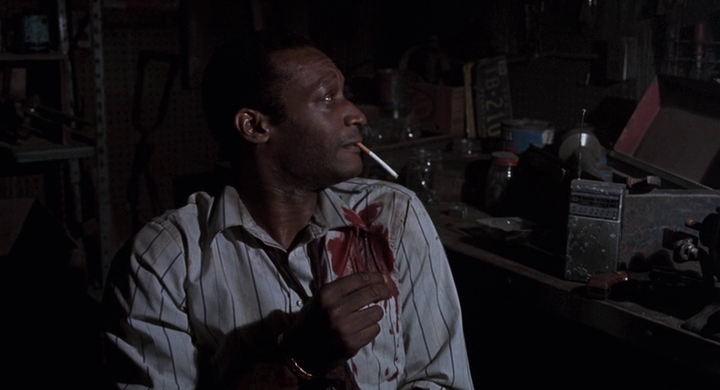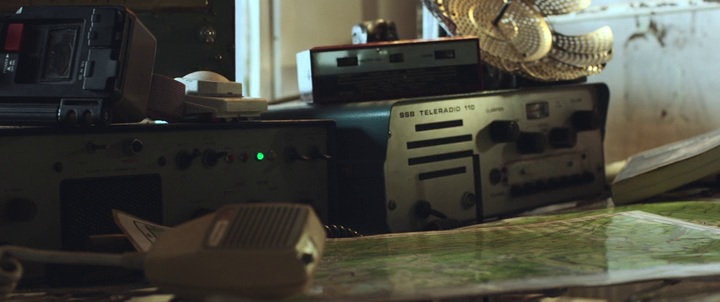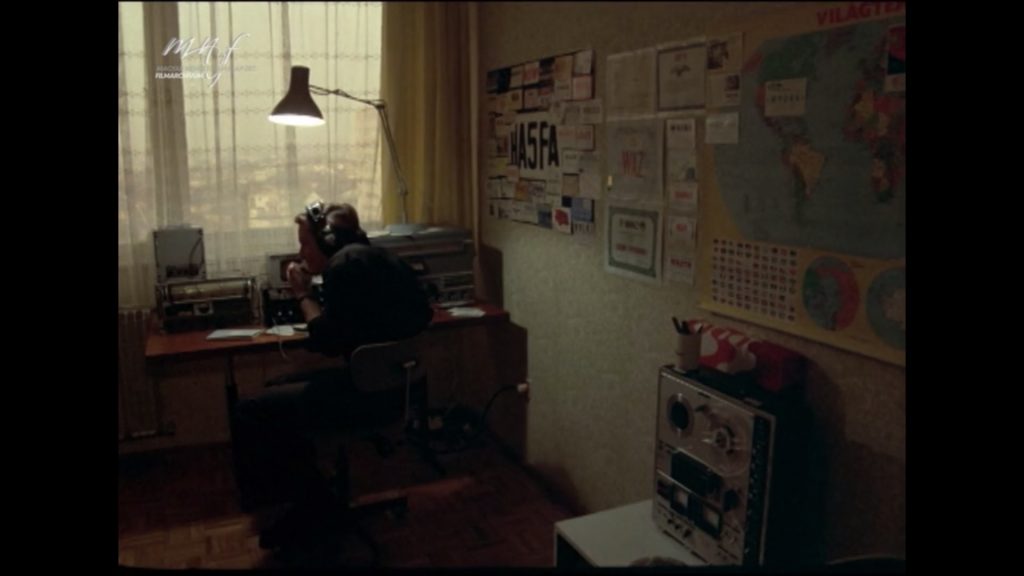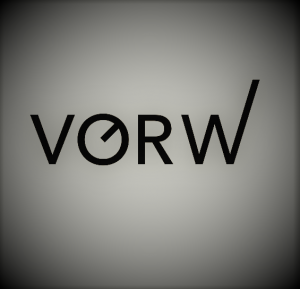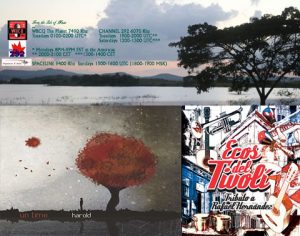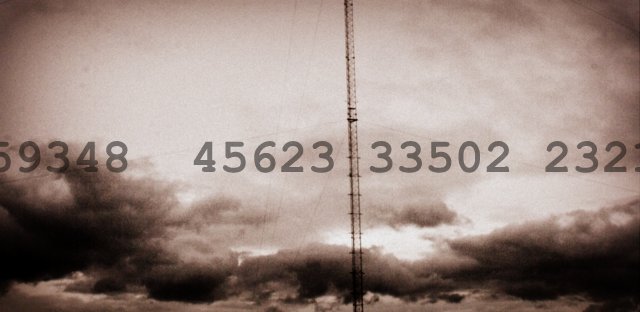Many thanks to SWLing Post contributor, David Iurescia (LW4DAF), who writes:
[Here’s] an interesting article about former RCI transmitter site (Sackville):
Former RCI transmitter site – slow transformation
By Marc MontgomeryThe former RCI transmitter site near Sackville New Brunswick, sold to a First Nations group, is now in the process of being absorbed into native reserve land and some as yet undetermined use.
During the Second World War as Canada was working towards creating a shortwave service, an ideal site for the transmission of radio signals was found in New Brunswick. Located on the Tantramar marshes, it was ideal ground for propagation of signals from the complex array of antenna wires and towers.
The service was ended over six decades later as a result of severe budget cuts in 2012. The site was later purchased by Mi’kmaq First Nations in 2017 and plans are slowly taking shape to transform the 90 acre site into reserve land. That process involves consultations with neighbouring municipalities, the Royal Canadian Mounted Police, the New Brunswick provincial government and other indigenous communities. It’s expected to take two years, during which time the Mi’kmaq will decide the use for the land, whether cultural or economic or a combination.[…]

